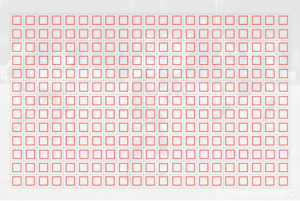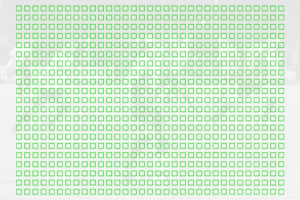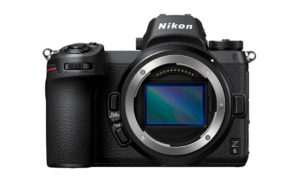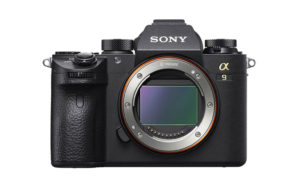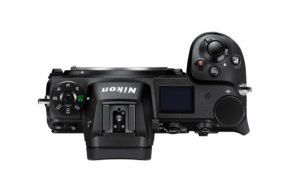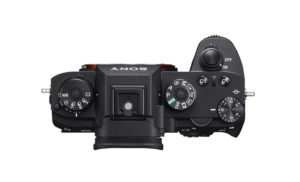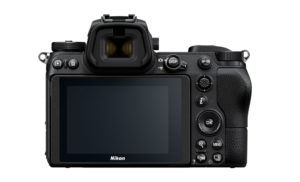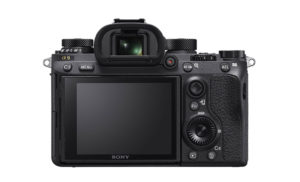Ask anyone what the most advanced mirrorless model is today and most will certainly say the Sony A9. Sony managed to pack this compact body with impressive speed capabilities and performance never before seen on a full-frame camera. So when reliable rumours about a new mirrorless system from Nikon surfaced, many of us started to wonder whether the brand would introduce a product that would shake the industry, forcing mirrorless technology to take another step forward.
It turned out that the new Nikon Z6 and Z7 are nothing revolutionary – rather they are two well-balanced products with a good construction and a nice array of features. In other words, they aren’t “Sony killers” but a very promising start.
But just how much does the more action-oriented Z6 differ from Sony’s flagship E-mount camera? Here is a comprehensive summary, from the most important technical differences to the most basic yet vital characteristics.
Nikon Z comparison previews:
Z6 vs Z7 – Z6 vs EOS R – Z6 vs A7 III – Z7 vs A7R III – Z6 vs A9
Z6 vs D750 – Z7 vs D850 – Z6 vs X-H1 – Z6 vs X-T3
What the Z6 and A9 have in common:
- 35mm “full frame” sensor with backside illumination
- 24MP of resolution (24.5 for the Z6, 24.2 for the A9)
- ISO 100-51200 (pull 50, push up to 204800)
- 5 axis stabilisation with 5 stops of compensation (CIPA standard)
- 4K video up to 30fps and 100 Mbps with full pixel readout in 35mm mode
- 120fps in 1080p with in-camera slow motion capabilities
- Wifi and Bluetooth
- weather sealing
Ethics statement: the following is based on our hands-on with the Nikon Z6 and our two-week experience with the A9. We were not asked to write anything about these products, nor were we provided any other compensation of any kind. All opinions we express regarding these products are our own. Within the article, there are affiliate links. If you buy something after clicking one of these links, we will receive a small commission. To know more about our ethics, you can visit our full disclosure page. Thank you!
1. Sensor readout speed
The A9 features technology that hasn’t come to any other mirrorless camera as of now. It uses a stacked Exmor RS sensor with an integral memory and high speed circuitry behind the pixel area. This structure allows the camera to process data faster than any other Sony camera (ten times faster than the A7 III).
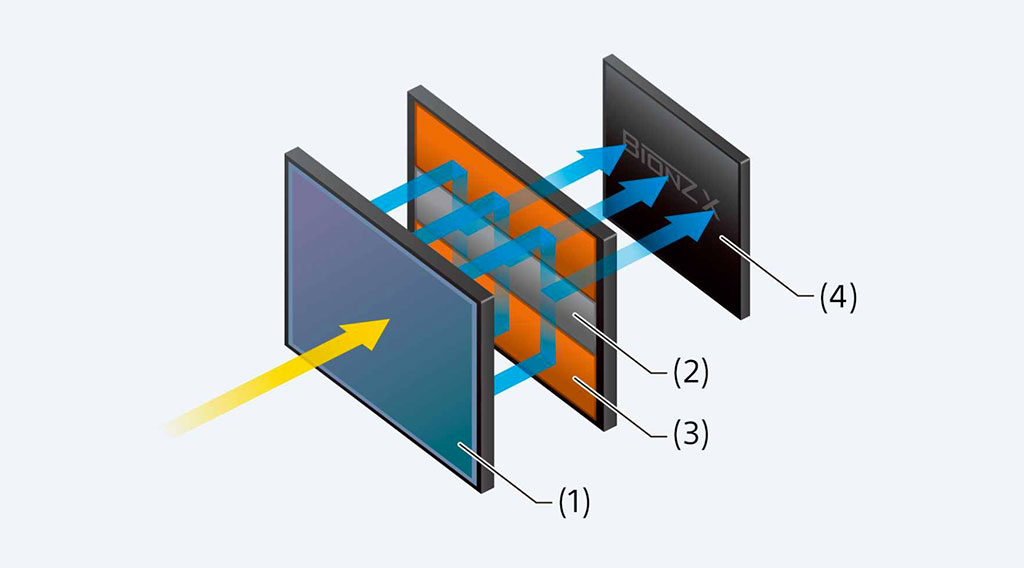
This unique hardware combination allows the camera to take the electronic shutter performance to a new level. First of all, the distortion caused by rolling shutter is minimised in still mode to the point that you can safely use it in most photographic situations. I wasn’t able to perform an in-depth rolling shutter distortion test with the Z6 but from what I briefly saw at the press event, it definitely seems more severe than on the A9.
Second, it allows the Sony camera to shoot up to 20fps with continuous AE and AF. The buffer memory can last about 15s at full speed when shooting compressed RAW or around 25s with JPG files and a UHS-II card. By comparison, the Z6 can do a maximum of 12fps with exposure locked on the first frame. You need to lower the speed to 9fps to get both AE and AF Tracking. At the launch event, the buffer didn’t seem very deep, with the camera slowing down after just a few seconds.
The Nikon can shoot at 12fps with the mechanical shutter, and switching to the electronic shutter doesn’t increase the burst rate like on the A9. The Sony has a slower speed of only 5fps with the mechanical shutter.
Finally, the A9 can shoot at 20fps with live view and no blackouts. Since it uses the electronic shutter, there are no blackouts produced by the mechanical curtains and – unlike any other mirrorless camera – the Sony has enough processing power to maintain an uninterrupted live view feed while reading the pixels and recording 20 images every second. With other cameras, you either get blackouts with the e-shutter or the last image taken is shown instead. The A9’s performance can take you aback at first because when you start shooting, nothing happens in the live view. Not even the smallest lag or interruption occurs. If you don’t activate the fake shutter sound, you may not even realise you’re taking pictures.
The Z6 shows you the last image taken when recording at the fastest speed. You need to reduce the speed to 5.5fps to get live view with blackouts.
2. Autofocus system
Both cameras use a hybrid autofocus system with on-sensor phase detection points. The Z6 has 273 areas that cover 90% of the sensor, whereas the A9 has 693 points across 93% of the sensor’s surface.
The A9 has a very fast processing speed where focus is calculated up to 60 times per second, which is again faster than any other Sony camera. In our experience, we’ve found the A9 to be the best mirrorless camera when it comes to autofocus speed and accuracy. Indeed it is on par with even the top DSLRs. You also get the most reliable eye detection on the market (EyeAF) and compatibility with DSLR lenses via various adapters.
We don’t yet know the processing speed specifications of the Z6 but the hands-on we had with a pre-production model left us with a positive impression as far as subject detection and locking speed are concerned. The performance with the Nikkor lenses and the FTZ adapter was good too. Face detection on the other hand didn’t really impress us and there doesn’t seem to be an eye detection mode either. Of course we’ll reserve final judgement for when we have the chance to test a final production model.
One advantage the Nikon has in comparison to the Sony though is better sensitivity in low light: the Z6 can go down to -4Ev with an f2 lens whereas the A9 stops at -3Ev with an f2 lens.
3. File recording system
Perhaps a minor detail to some, but the Z6 has more options when it comes to the type of still files you can save to your memory card.
The RAW format has three different compression settings (uncompressed, lossless compressed and compressed) as well as 12-bit and 14-bit selection. You can save in JPG format with three different compression algorithms (Fine, Normal, Basic) or in 8-bit Tiff. Note that when shooting at the highest burst rate, only 12-bit is available.
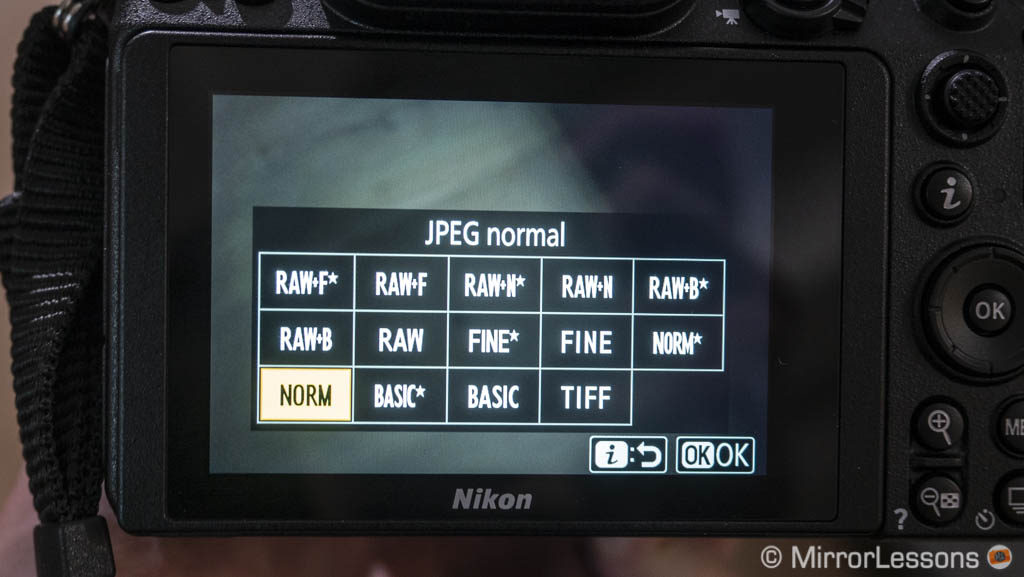
The A9 can save 14-bit RAW in compressed or uncompressed format, as well as JPGs with Extra Fine, Fine and Normal options. When shooting with the electronic shutter in continuous mode, RAW files are capped at 12-bit.
4. Video
Both cameras can record 4K video up to 30fps and 100Mbps with full pixel readout in full frame mode, which means there is no pixel binning and the quality is maximised by reading approximately 20MP and downscaling to 4K. There is also Full HD up to 120fps with in-camera slow motion capabilities.
Neither camera has a dedicated set of image profiles designed for video except for the Flat picture mode you can select on the Z6 which records more dynamic range. The Nikon also has a true Log curve called N-Log that can be activated with a 10-bit 4:2:2 signal via the HDMI port (external recorder needed).
Unfortunately the A9 lacks Sony’s Picture Profiles as well as S-Log2 and S-Log3. The HDMI output is 8-bit.
Image stabilisation (5-axis) works for video on the two cameras and the Z6 has an electronic stabilisation option as well.
5. Design and ease of use
The size of the two cameras is fairly close, with the Z6 being slightly larger and taller. The most relevant difference is the front grip which is taller and marginally bulkier on the Nikon. It does make a difference when holding the camera, especially with large and heavy lenses. The A9 by comparison can become uncomfortable to hold for long periods of time without a grip extender or battery grip.
The button layout shares a few similarities including twin dials on the front/rear and an AF Joystick. Overall the buttons on the Z6 are a bit larger with more depth and a better tactile feel. You certainly appreciate the quality Nikon has borrowed from its high-end DSLRs. A few other things I appreciated on the Z camera were the still/video mode switch on the rear and the two Fn1 and Fn2 buttons on the front.
On the A9 you find a handy exposure compensation dial on top and drive/focus mode dials on the left side.
I didn’t have enough time at the press event to become completely familiar with the Z6 menu system, but I did notice a decent number of customisable buttons including the option to configure the function ring of the Z lenses. There is a editable My Menu page, a customisable Quick Menu and three custom modes just like on the Sony (Memory Recalls).
6. Memory cards and connections
One of the main criticisms you’ll hear about the new Nikon mirrorless cameras is the lack of a dual memory card slot. The company chose to give the camera one XQD slot which gives you a faster writing speed but doesn’t leave room for a second slot, at least with the current camera dimensions.
The A9 on the other hand takes two SD cards and the first slot is compliant with the faster UHS-II standard.
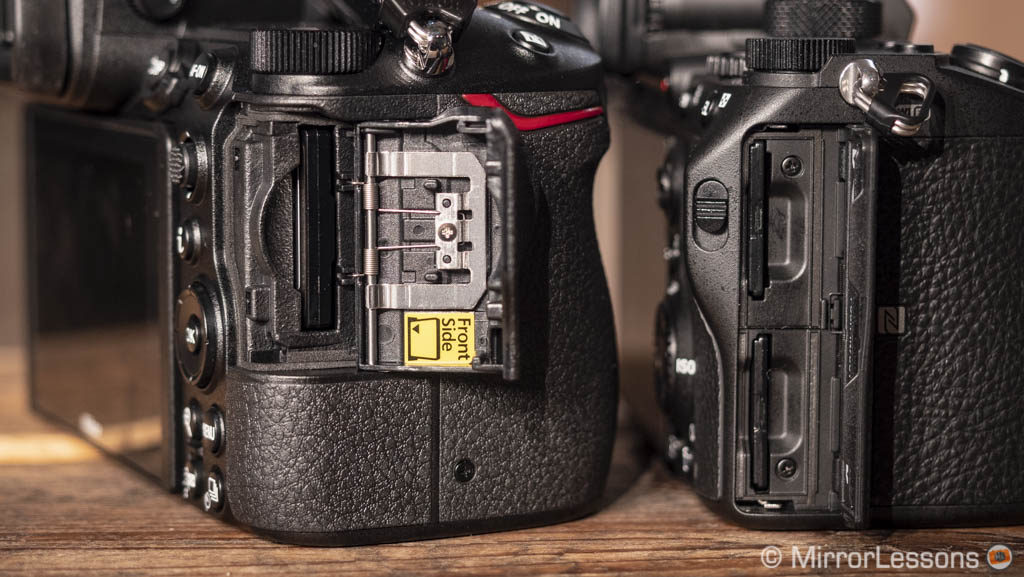
Personally, I had no trouble working with a single slot in the past, even for professional work. That being said, I think Nikon should have gone for the SD solution considering how many professionals would discount a camera that doesn’t have two slots.
Concerning the physical connections, both cameras have a 3.5mm microphone input and a headphone out, as well as a USB Type C port. The Z6 uses a Mini HDMI port whereas the A9 has a smaller Micro input.
The Sony also gets LAN and Flash sync connections as well as an additional Micro USB port. The Z6 has a proprietary terminal that can be used for remote controllers and other accessories.
7. Screens and touch capabilities
First of all, the Z6 features a small OLED screen on top near the viewfinder that will feel familiar to anyone using high-end DSLRs or mirrorless cameras such as the Fuji X-H1 or Panasonic G9. You can see all your settings at a glance which is a welcome feature you won’t find on the A9.
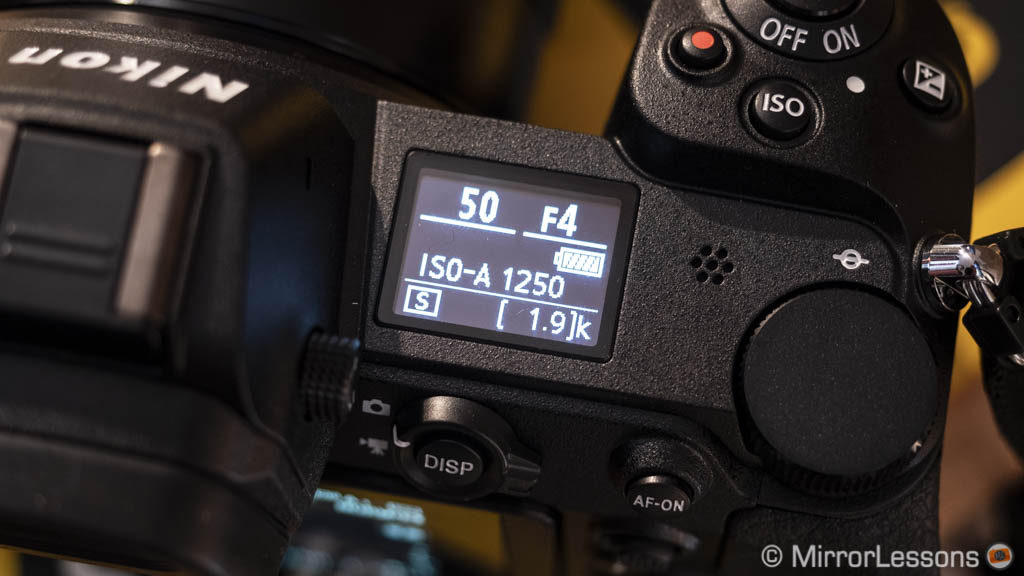
Then we have the rear screen, which can be tilted up and down and is touch sensitive on both cameras. The LCD on the Z6 has more resolution (2100k vs 1440k dots) and gives you more touch gesture options.
While the A9 only allows you to move the focus point, with the Z6 you can also take a shot, navigate the menu and change settings in the “i” menu. However only the Sony allows you to use the screen to move the autofocus point while composing with the viewfinder.
One final note about the EVF: they share the same resolution (3.6M dots) but the Z6 has a slightly higher magnification (0.8x vs 0.78x) while the A9 allows you to choose between two frame rates: 50/60fps or 100/20fps depending on whether you work in NTSC or PAL mode. Nikon hasn’t revealed the official refresh rate but it should be around 60fps according to Dpreview.
8. Battery life
Another disappointing specification is the limited battery life of the Z6. According to CIPA standards, the camera manages 310 shots per charge, which is lower than the 480 (EVF) or 650 frames (LCD) of the A9.
However it is important to note that these figures are just an estimate and are always lower than what you can achieve in a real world situation. For example I easily managed more than 2000 images with the A9 without draining the battery completely. So it is likely that the Z6’s performance will be better too and hopefully complete reviews will be able to confirm this later on.
Both cameras can be charged over USB.
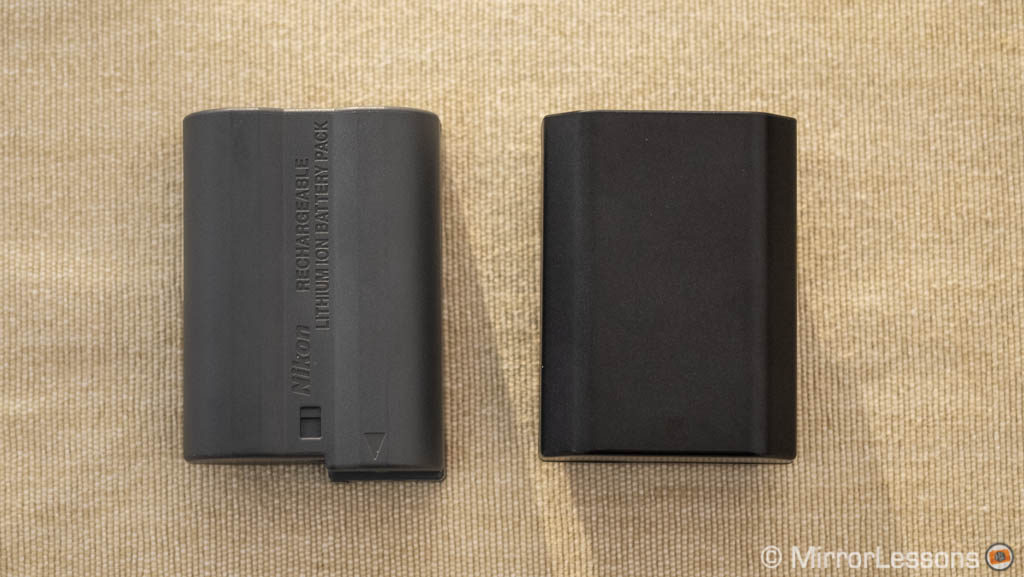
9. Mount and lens system
The Z6 features a larger mount than the Sony (55mm vs 46mm) and according to Nikon, this diameter combined with the short flange distance will allow them to produce better lenses with faster apertures (a 58mm 0.95 Noct is already in the works for 2019). Sony has produced many excellent lenses for its full-frame E-mount system over the past few years, so I’ll be curious to see how far Nikon can push the boundaries of optical quality as well.
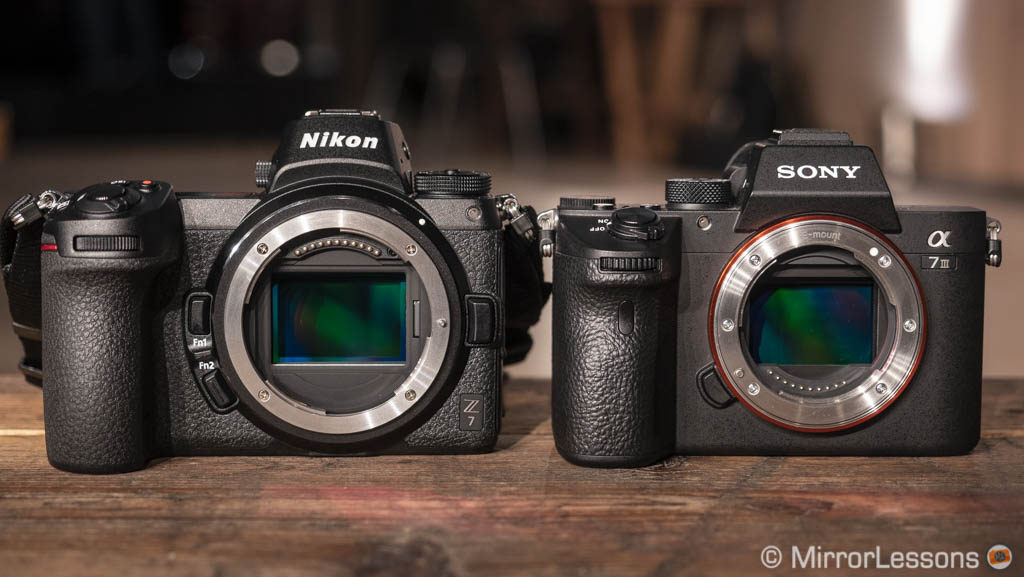
As far as the native lens selection is concerned, it is too early to judge the Nikon system because it is brand new. It debuts with a 24-70mm f/4 kit lens and two 1.8 primes (35mm and 50mm) which isn’t bad at all. Six more lenses will come in 2019 including two f/2.8 zooms, an 85mm 1.8 and a 14-30mm f/4 wide angle. For now, you have the option of adapting Nikkor DSLR lenses with the FTZ adapter, which provides full compatibility with AF-I and AF-S lenses (metering, exposure and autofocus) and partial compatibility with older AF-D and AI lenses.
Sony has a very good selection of lenses and can count on third-party brands such as Samyang, Zeiss, Sigma and Tamron to make the E-mount offering more complete and suitable for all budgets. The selection further increases with DSLR lenses from Sony, Canon, Sigma and Nikon combined with various adapters. (Note that the performance will vary depending on the specific adapter and lens.)
10. Price
The last point is one of the most significant: the A9 is the flagship E-mount camera and costs around $4100 / £3700 / €4000.
The Z6 is being launched with a retail price of $2000 / £2100 / €2400 which is significantly lower.
Conclusion
Nikon Z comparison previews:
Z6 vs Z7 – Z6 vs EOS R – Z6 vs A7 III – Z7 vs A7R III – Z6 vs A9
Z6 vs D750 – Z7 vs D850 – Z6 vs X-H1 – Z6 vs X-T3
The Nikon Z6 doesn’t offer anything that we haven’t already seen on other mirrorless cameras, while the Sony A9 remains a truly unique product in that its continuous shooting speeds and electronic shutter performance are currently unmatched on the market.
The natural competitor for Nikon’s mirrorless camera is of course, not the A9, but the A7 III whose price point and specifications are much closer to those of the Z6. At the same time though, they each represent where Nikon and Sony currently stand on the mirrorless market. The launch of the Z system has confirmed once again that Sony is a few steps ahead, and is capable of doing things with their products that its competitors still need to master.
Still, I believe the Z6 and the Z system as a whole have potential. They may not incorporate the most advanced technology you can find today, and a few things like the single card slot may have upset some users, but it definitely deserves a chance. It’s Nikon first attempt at releasing a serious mirrorless camera after the failure of the 1 series. And it definitely gets many things right like the ergonomics and the design, which despite being elementary remain one of the most important characteristics of a good camera.
Time will tell if the image quality, autofocus and 4K video are on par with the best Sony has to offer. As of now, the A9 remains a step above but since the Z6 is just the beginning, my hope is that Nikon will be able to catch up if the system proves successful. And while we’re waiting, we’ll be eager to see if the new mount and Z lenses can deliver that “next generation” optical quality the brand is promising. It would be a different kind of evolution, but no less important.
Check price of the Nikon Z6 on
Amazon | Amazon UK | B&H Photo
Check price of the Sony A9 on

